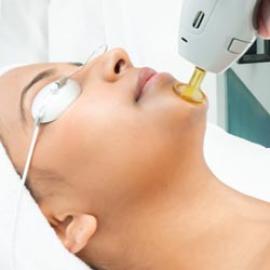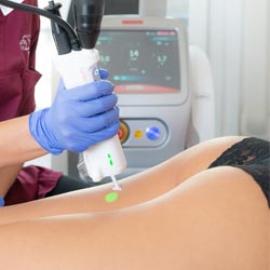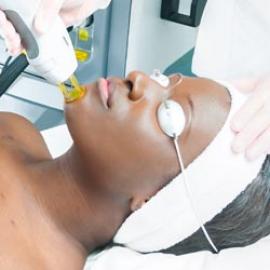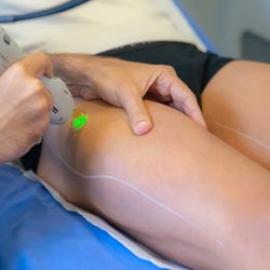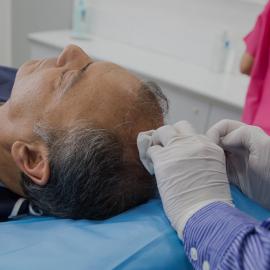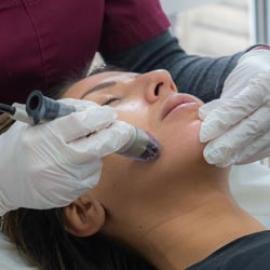
Approximately 90% of people with protruding ears feel that they are an esthetic inconvenience. Sometimes it can be a source of social stigma, especially in adult life, and some people don't shy away from getting their ears pulled back.
Nowadays, ear surgery makes it possible to pin them back thanks to otoplasty or implants. In most cases, these are simple, light procedures that deliver very good results and cause very few complications.
Protuding ears: definition
The protruding ears are when the auricles diverge more than 30 degrees or when there are at least 20 millimeters between the edge of the auricle and the skull. This anomaly affects approximately 5% of the population.
Protruding ears are hereditary and often cause social exclusion, especially during childhood. They can be the source of derogatory remarks, bullying and fights.
Protruding ears are attributable to an abnormality of the cartilage at the rear of the flag. The main problems are the lack of a normal cartilage fold, which helps make the ear look flat, and the conch hypertrophy, which makes the ears protrude. It can be a cause of real embarrassment, and people with protruding ears often have real hang-ups about it.
In fact, about 2% of people with protruding ears have chosen to correct them through surgery. Approximately 22,884 people decided to undergo otoplasty in 2018.
Protruding ears: the causes
They are congenital, i.e. present from birth, and this anomaly may be due to multiple causes:
- A defect caused by a lack of growth of the antihelix and the antihelical folds, which give relief to the ear and are then not marked. Then the ear appears too flat and too smooth. 73% of protruding ear cases are characterized by the lack of the antihelical fold.
- Hypertrophy of the conch: the conch is the cavity of the outer ear in which the ear canal starts. The excessive size of the conch cartillage amplifies the protrusion of the ear. 27% of protruding ear cases are linked to hypertrophy of the conch or a mix of both these causes.
In general, these malformations affect both ears. In some cases, however, only one ear can be impacted by these anomalies.
Protruding ears: Fixing them
Today, cosmetic surgery offers treatments for pinning back the ears, either by otoplasty or by implant placement.
The reasons why people want ear surgery are as follows:
- 43 percent for esthetic reasons and physical appearance.
- 29 percent for psychological reasons.
- 18 percent because of the social repercussions.
- 13 percent on account of the looks they get and the judgment of others.
People who have their ears fixed are experiencing this physical transformation as a real relief, and they become more accomplished. Men can wear their hair short, or women can wear a ponytail without any worry.








































